Report Presented as a Web Site
Tab 6: e-Page 1
Sample Document
Although formal reports often follow a particular pattern, they also must adapt to an organization’s needs. A Web site can function as a report, as in the following example from 2011 about changing water levels in the High Plains aquifer. Congress requires the U.S. Geological Survey (USGS) to report on this information every two years. Click through the following five videos (paying special attention to the yellow pop-up annotations) and then answer the questions about how the USGS used professional-report principles to organize and present information.
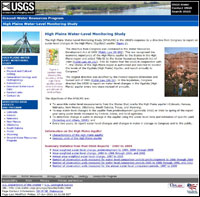 Video 1 |
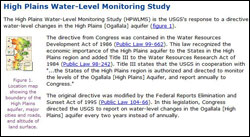 Video 2 |
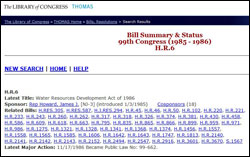 Video 3 |
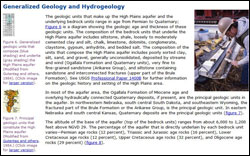 Video 4 |
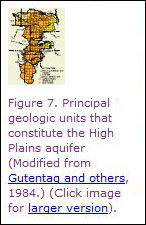 Video 5 |
Thinking Professionally
Question
In the first video, how do the navigation links and stated objectives relate to standard sections of a traditional formal report?
Question
The second video showcases the homepage, which serves as a sort of introduction. Is this introduction effective? Why or why not? Consider the purpose of a report’s introduction.
Question
The third video emphasizes how the USGS cited its sources. What are some advantages and disadvantages of in-text hyperlinks to original sources?
Question
Watch the fourth video and compare the report’s objectives to its tone in the highlighted section. How important is the historical context to the USGS report? Explain.
Question
The fifth video emphasizes images and figures. Could the USGS have used these graphics in a hard-copy formal report? How does the effectiveness of visuals change when a report is presented online?